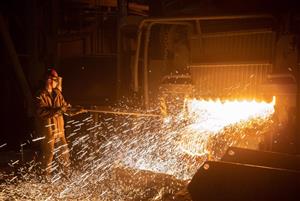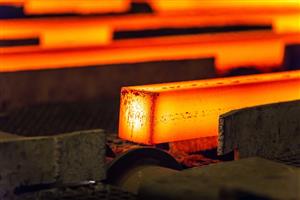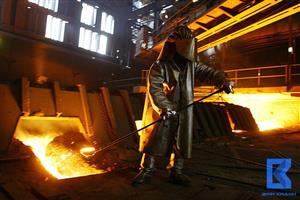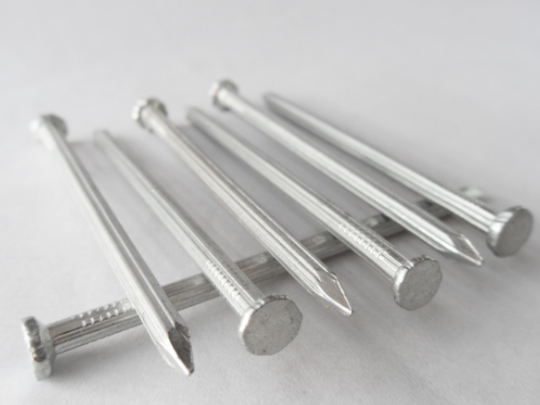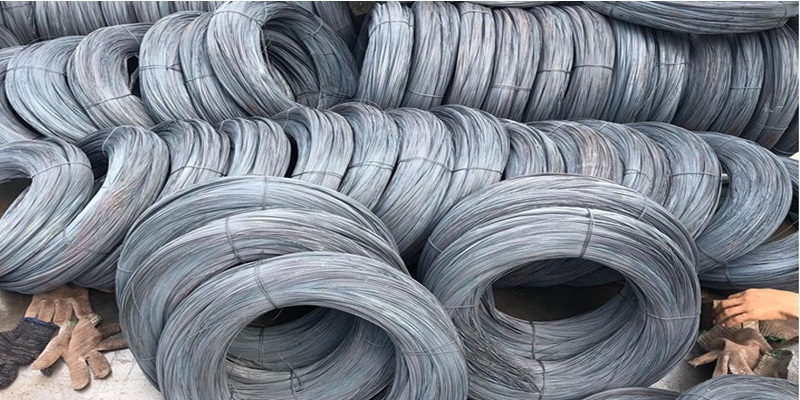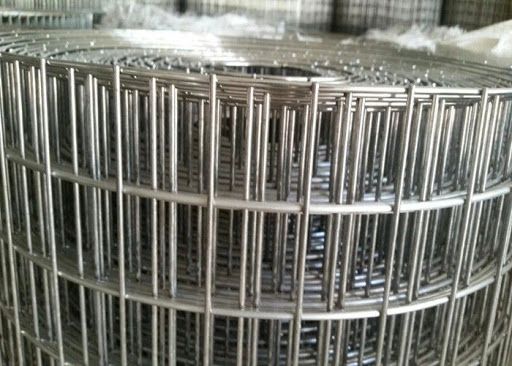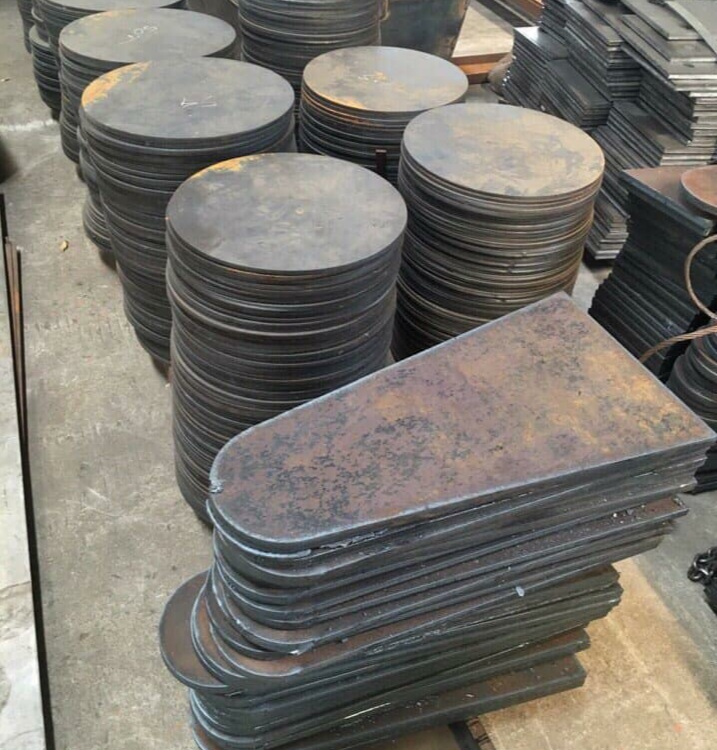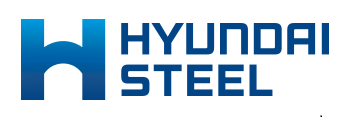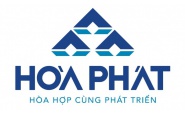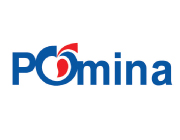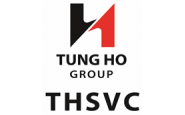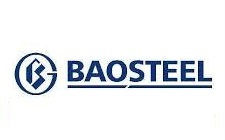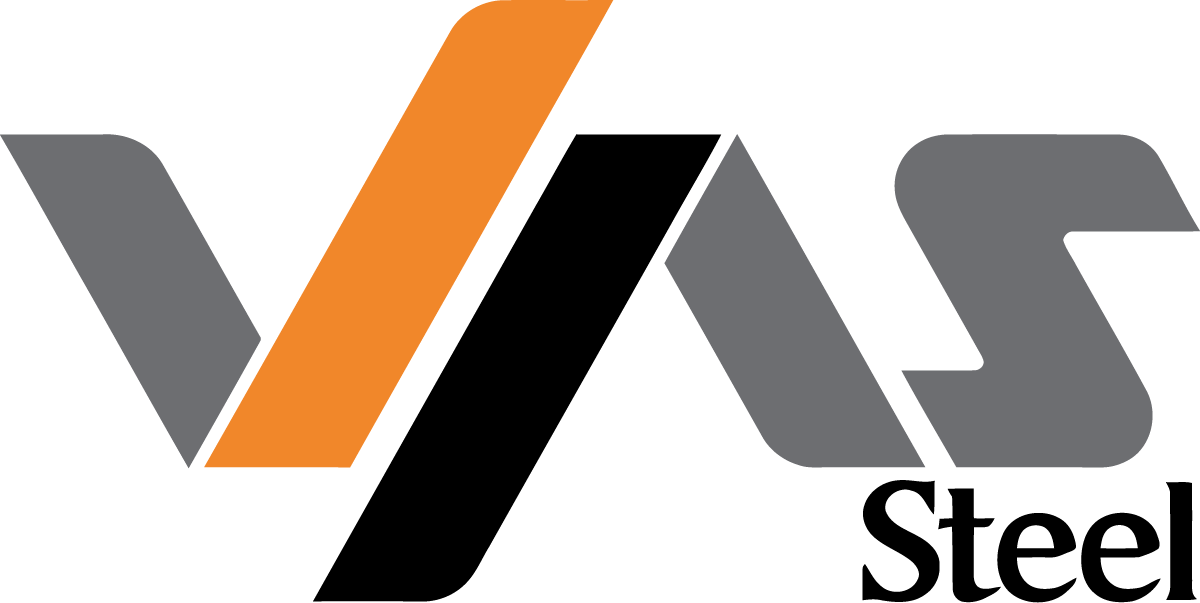6 Investigations, 1 Conclusion on Steel in Just 4 Months
The world's trade defense wave against steel imported from Vietnam has risen in the second half of this year. Accordingly, since June alone, there have been 7 cases where countries have used measures related to trade defense on steel products. Including 6 cases of initiating investigations, and 1 case of conclusion.
| No. Time Investigation/conclusion of PVTM case on steel imported from Vietnam in the second half of 2024 1 08/08/2024 EU investigates CBPG on HRC steel 2 14/08/2024 India investigates CBPG on HRC steel 3 04/09/2024 Canada concludes final investigation on CBPG on steel wire 4 24/09/2024 Australia investigates hot-rolled rebar 5 25/09/2024 US investigates CBPG, anti-subsidy on CORE steel 6 03/10/2024 Thailand investigates CBPG on cold-rolled stainless steel 7 14/10/2024 Malaysia investigates CPPG on steel wire |
Source: Department of Trade Defense (compiled by H.Mị)
The steel products that countries initiated investigations/imposed taxes on include hot-rolled coils, steel wire, corrosion-resistant steel (CORE), hot-rolled rebar, etc. Of which, for HRC steel alone, two major markets, India and the EU, simultaneously initiated anti-dumping investigations in August.
In the EU market, the plaintiff, the European Steel Association (EUROFER), alleged that HRC steel imports from Vietnam and Egypt, India, and Japan increased overall in absolute value and market share, according to Steel Orbis.
EUROFER also provided evidence that imports of this product from Egypt, India, Japan, and Vietnam had a negative impact on the sales volume, sales price, and market share held by the EU industry. This resulted in significant adverse effects on the overall performance, financial situation, and employment of the EU industry.
For India, the petitioner, the Indian Steel Association, also gave a similar reason when asking the government to investigate the anti-dumping of HRC steel imported from Vietnam, according to Argus Media.
These steelmakers alleged that imported HRC steel was being dumped. At the same time, this low price put pressure on domestic prices, damaging the market share, profits and return on investment of domestic steelmakers.
According to data from the Joint Plant Committee of the Indian Steel Ministry, finished steel imports from Vietnam doubled compared to the previous year, reaching 737,000 tons in the financial year from April 2023 to March 2024. This figure accounts for nearly 9% of India's total finished steel imports.
India's move comes after Vietnam also initiated HRC steel imports from this country in July.
Currently, the EU is the second largest export market for steel of all kinds from Vietnam (after ASEAN), accounting for 25% of the proportion; India ranks 5th with 4%.
Another case that has also attracted attention is the US initiating a dual anti-dumping and anti-subsidy investigation into corrosion-resistant steel (CORE) imported from Vietnam.
According to the Department of Trade Remedies (Ministry of Industry and Trade), the US has accused Vietnam of a dumping margin of 195.23% (higher than the alleged dumping margin in the Petition, and the highest among the 10 countries investigated).
Regarding the subsidy investigation, the US has initiated investigations into 26 government subsidy programs in the groups of loan programs, corporate income tax incentives, import tax exemption and refund incentives, land incentives, etc.
Commenting on the fact that Vietnamese steel has recently been the subject of repeated investigations by other countries, Mr. Chu Thang Trung, Deputy Director of the Department of Trade Defense (Ministry of Industry and Trade) told us that steel is always a "sensitive" commodity in the world.
"Steel is always the commodity subject to the most trade defense investigations in the world. At some point, steel products will become the target of trade defense measures by other countries," he said.
According to Business Standard, Indian steel manufacturers have been warning about the situation of cheap imports from China being diverted to Vietnam under the India-ASEAN free trade agreement for a while. The imports at lower prices have affected domestic steel prices. Therefore, they want the government to impose anti-dumping duties on Vietnamese HRC steel.
However, Mr. Trung affirmed that the investigation of Vietnamese HRC steel is not related to Chinese goods.
“Recent investigations by other countries into Vietnamese steel products are not related to tax evasion. Previously, some cases of tax evasion investigations into Vietnamese steel were due to businesses using Chinese hot-rolled steel to produce cold-rolled steel and some other products for export. But currently, Vietnam has two hot-rolled steel manufacturing businesses: Hoa Phat and Formosa,” said Mr. Trung.
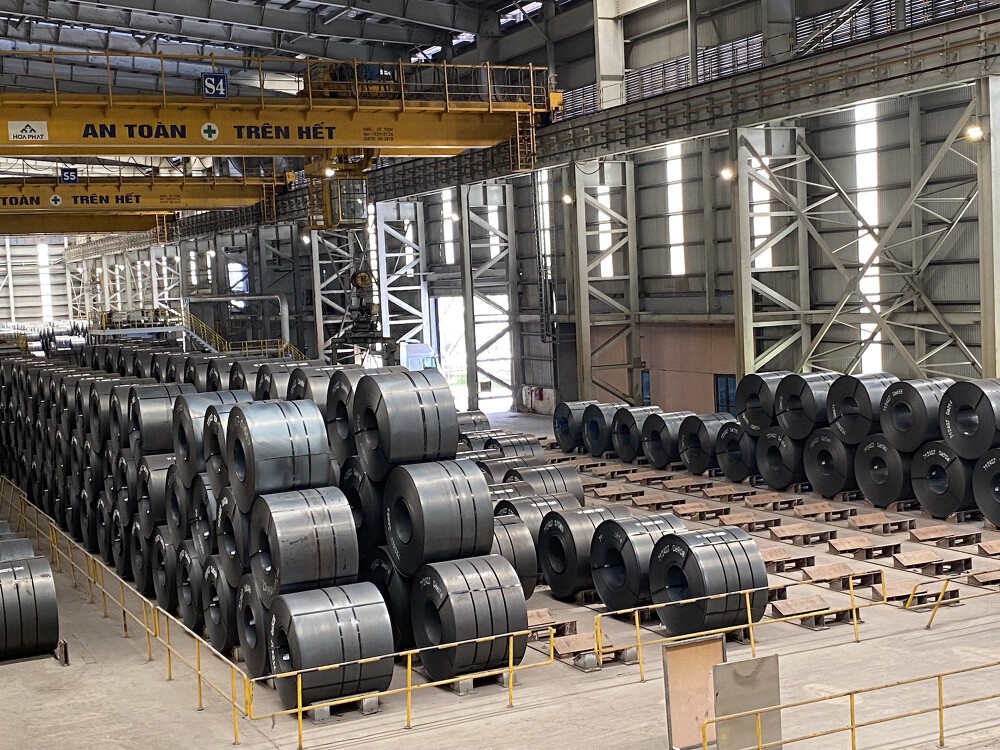
Hoa Phat's HRC steel warehouse (Photo: H.My)
Challenges for 2025
The trade defense wave is taking place in the context that many Vietnamese enterprises are planning to increase capacity, causing them to face many risks.
By the end of June, Hoa Phat had poured VND42,384 billion into the Dung Quat Iron and Steel Complex project, an increase of 58% after one quarter. The Group is focusing on implementing the construction of the Hoa Phat Dung Quat 2 Iron and Steel Complex project, with a scale of 5.6 million tons of hot-rolled coil steel/year.
It is expected that the first products of phase 1 will be launched on the market by the end of 2024. When the Dung Quat 2 project is completed, Hoa Phat's crude steel production capacity will reach over 14 million tons/year, equivalent to the Top 30 largest steel enterprises in the world.
The Hoa Phat Dung Quat 2 Iron and Steel Complex has a scale of 280 hectares, with a total investment of VND85,000 billion.
To consume the steel from Dung Quat 1 and 2, the group is having to boost its export channels, including finding new markets.
Another enterprise in the steel production group, Pomina Steel JSC (Code: POM), has also recorded new steps in the process of restoring production activities after a long period of "shelving" the blast furnace.
On August 8, Pomina announced that it had signed an MOU (memorandum of understanding) with a major investor with the goal of restarting the blast furnace project in early 2025 to anticipate the demand for public investment and real estate projects expected to recover strongly in 2025.
In addition, in mid-September, Pomina also officially signed a strategic cooperation contract with Nansei Steel Company - a large Japanese steel corporation.
The cooperation will include the strategic investor's commitment to provide sufficient raw materials for the Pomina 2 factory to operate at full capacity starting from September 2024, meeting high market demand.
In the galvanized steel group, at the 2024 Annual General Meeting of Shareholders of Ton Dong A in early July, the management board informed that it is expected to complete the investment policy - a new steel factory in Phu My in the third quarter of this year.
The new galvanized steel sheet factory (expected to be located in Phu My, Vung Tau) has a capacity of 1.2 million tons of finished products/year (divided into 4 phases), expected to start construction at the end of 2024.
In addition to the two above units, at the end of September, Nam Kim also launched a plan to offer nearly 132 million shares to raise nearly 1,600 billion for Nam Kim Phu My Steel Company Limited to invest in the Nam Kim Phu My steel sheet factory project in Ba Ria - Vung Tau province.
The project scale includes a galvanizing line of 350,000 tons/year, two aluminum-zinc alloy plating lines of 300,000 tons/year and 150,000 tons/year, and a color coating line of 150,000 tons/year. The total investment capital of the project in phase 1 (excluding VAT) is 4,500 billion and is expected to start construction in the second quarter.
However, with the market still having many uncertain factors such as the recovery of the world market, the trend of anti-dumping investigations, the US election, ... experts believe that businesses will face risks when increasing capacity.
"The level of risk for the steel industry when increasing capacity will depend largely on the pressure from anti-dumping investigations that countries are conducting. The output of factories may still be good, but they will have to cut prices more if the market is not as expected," Mr. Dao Minh Chau, Deputy Director of Stock Analysis of SSI Research, told the writer.
In the first 9 months of 2024, HRC steel exports fell sharply by nearly 25% compared to the same period last year to 2.5 million tons, according to data from the Vietnam Steel Association (VSA). In September alone, the export figure decreased by about 18%.
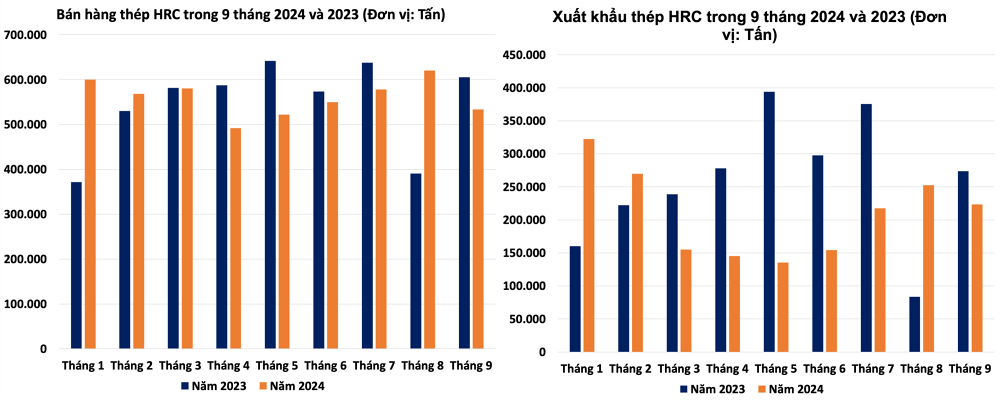
Source: VSA (compiled by H.Mị)
However, Mr. Chau also noted that the impact on HRC products will be eased if Vietnam imposes anti-dumping duties on imported goods from China and India.
“If Vietnam’s HRC steel is subject to duties by the EU and India, but at the same time Vietnam also imposes import duties on this item, businesses will benefit more than suffer losses. Because more than 6 million tons of imported goods have been blocked. But if Vietnam does not impose import duties on HRC, Hoa Phat will face great difficulties because next year they will increase their capacity,” said Mr. Chau.
Currently, the Ministry of Industry and Trade is still in the process of analyzing data from the anti-dumping investigation of HRC steel imported from India and China.
Mr. Chu Thang Trung said that the investigation is currently in the process of drawing a preliminary conclusion. After having a preliminary conclusion, the Ministry of Industry and Trade will have a basis to decide whether to impose a temporary tax or not.
In case there is sufficient preliminary evidence to determine that domestic production is significantly damaged by imported goods due to dumping, the investigating agency will recommend that the Ministry of Industry and Trade consider applying temporary anti-dumping measures. This move is aimed at limiting negative impacts on the domestic manufacturing industry.
Regarding the galvanized steel segment, according to the forecast of Rong Viet Securities Corporation (VDSC), in 2025, the export market is expected to face many challenges due to the US initiating anti-dumping and anti-subsidy investigations on anti-corrosion steel imported from Vietnam.
Along with that, the decline in global steel consumption will affect growth potential. VDSC forecasts that export output will decrease by 5% to 2.88 million tons, while the domestic market is expected to continue to grow by 10%, reaching 2.65 million tons.
Vietnambiz
 English
English  Vietnamese
Vietnamese
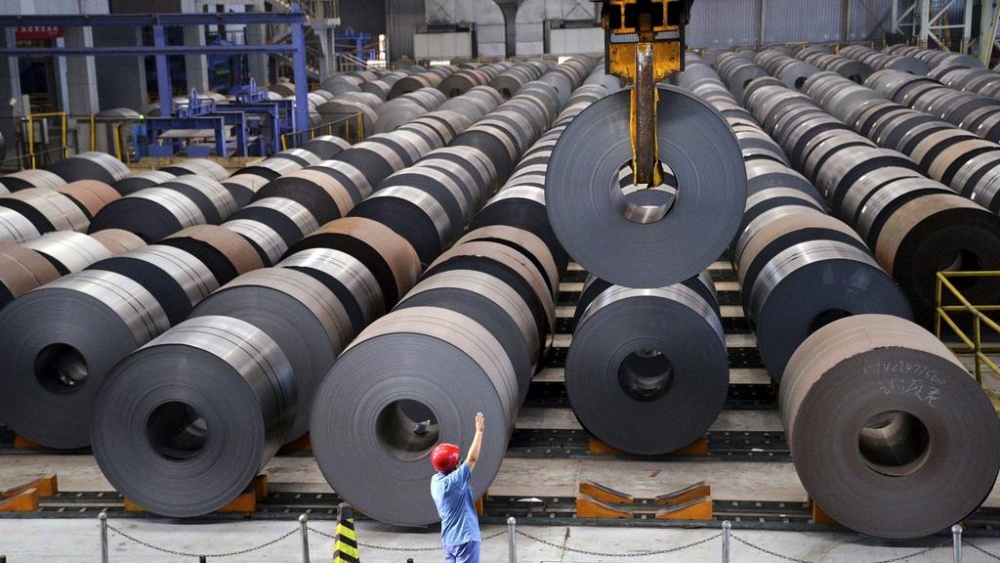


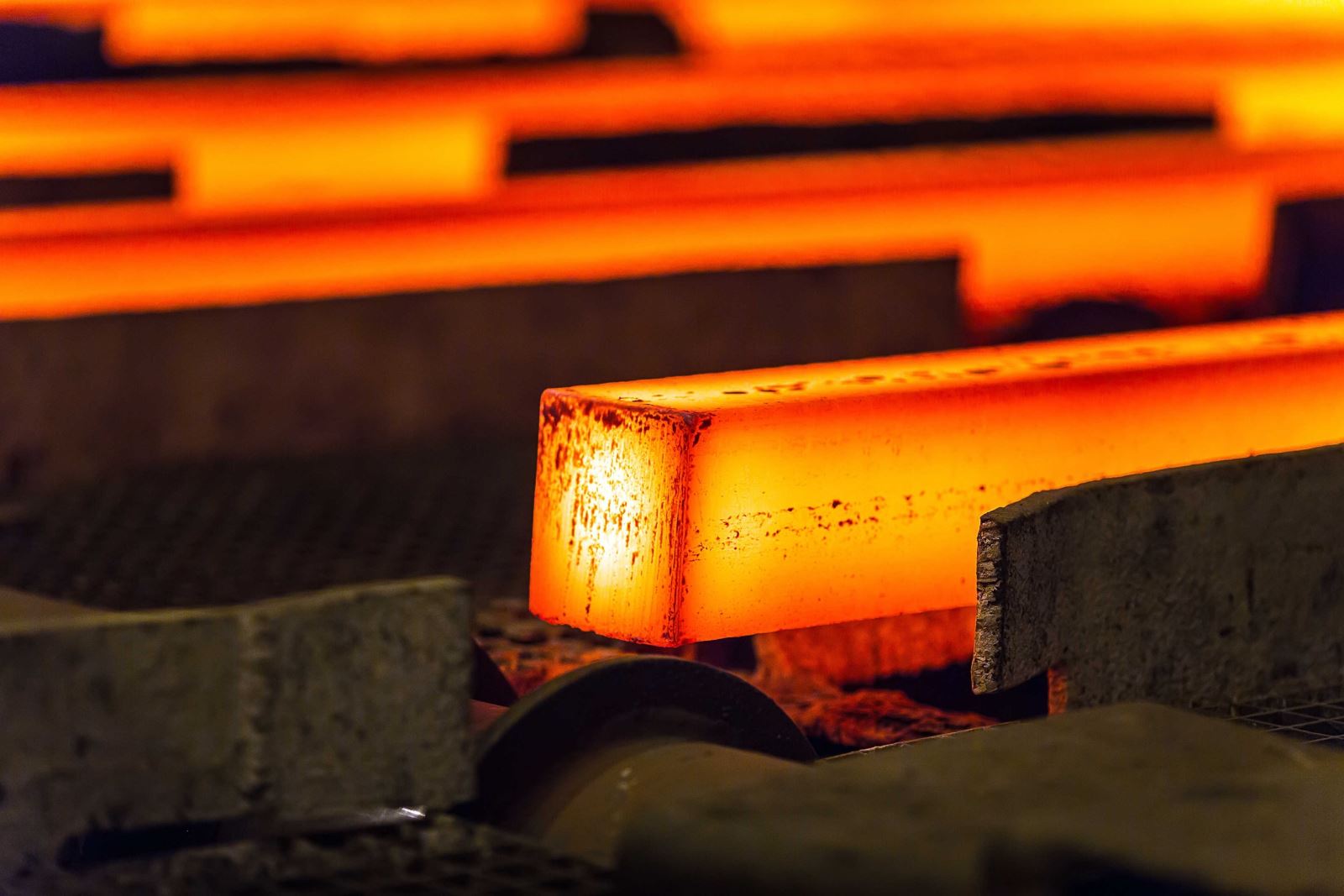
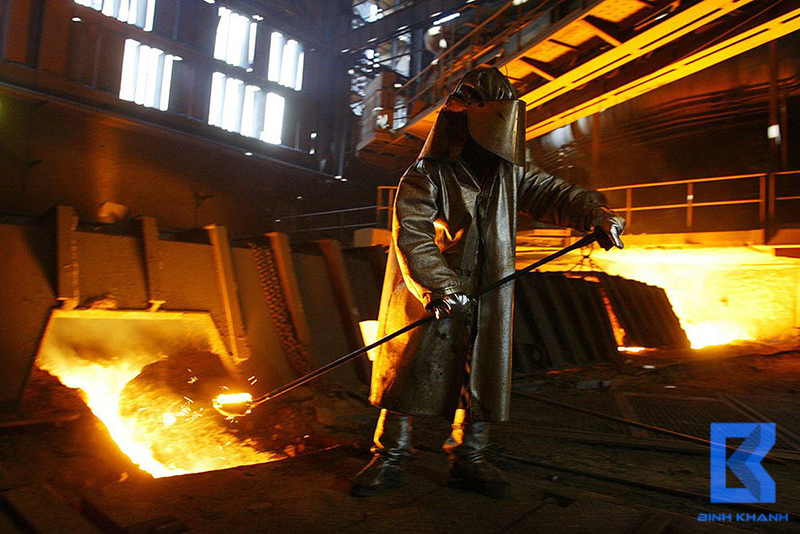
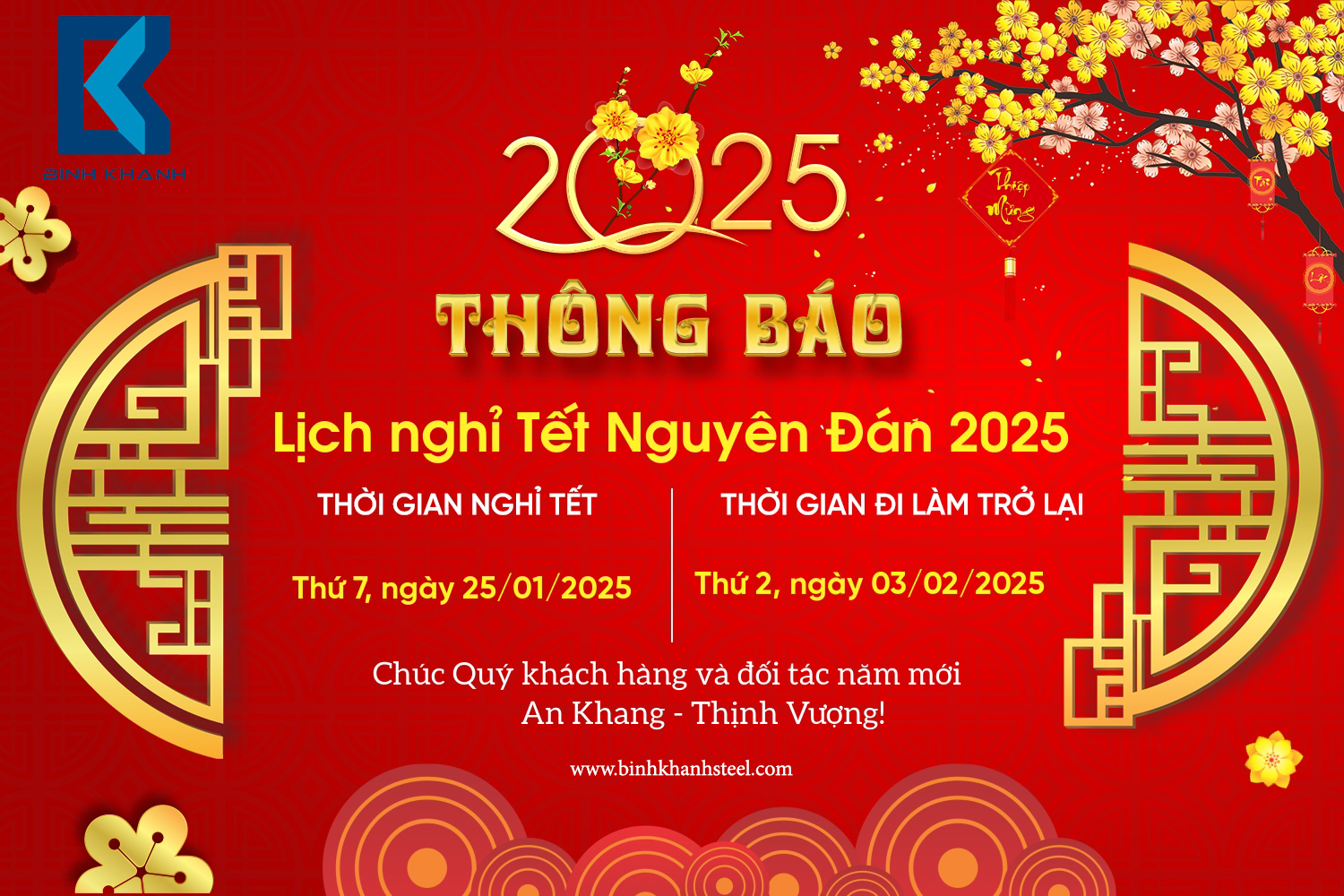
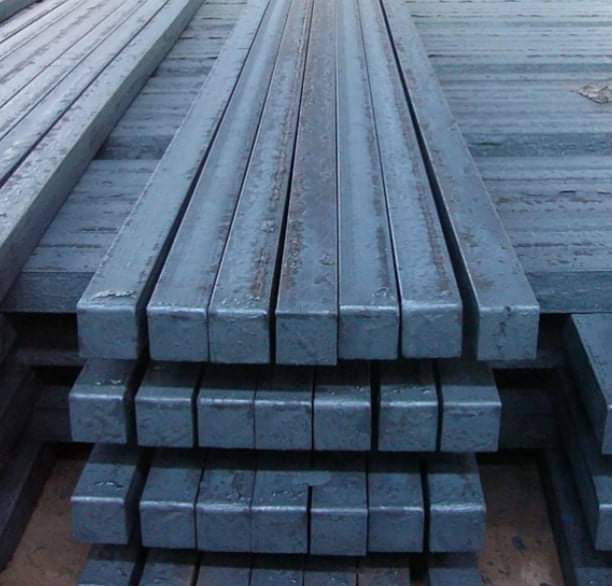
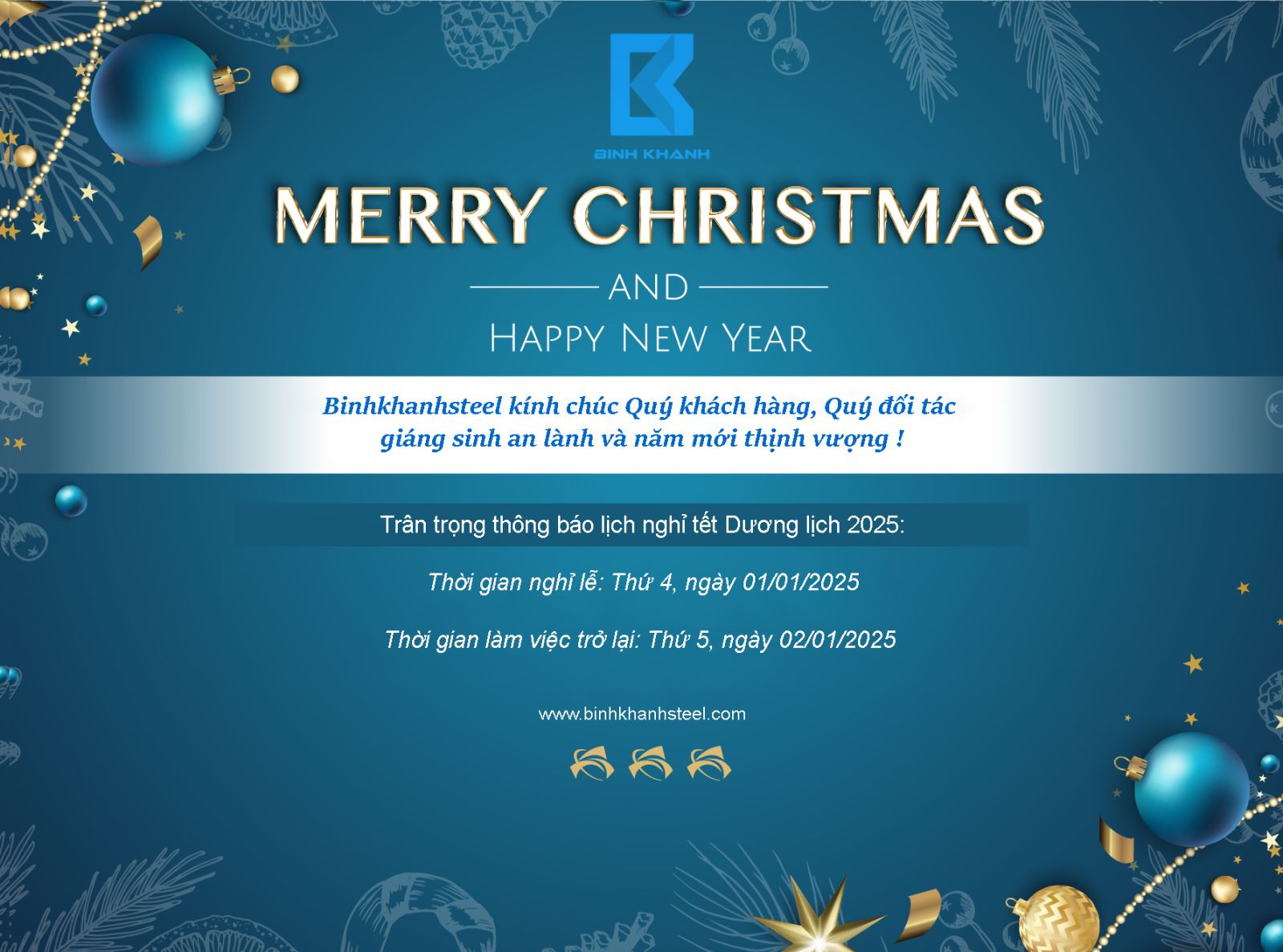
w300.jpg)
